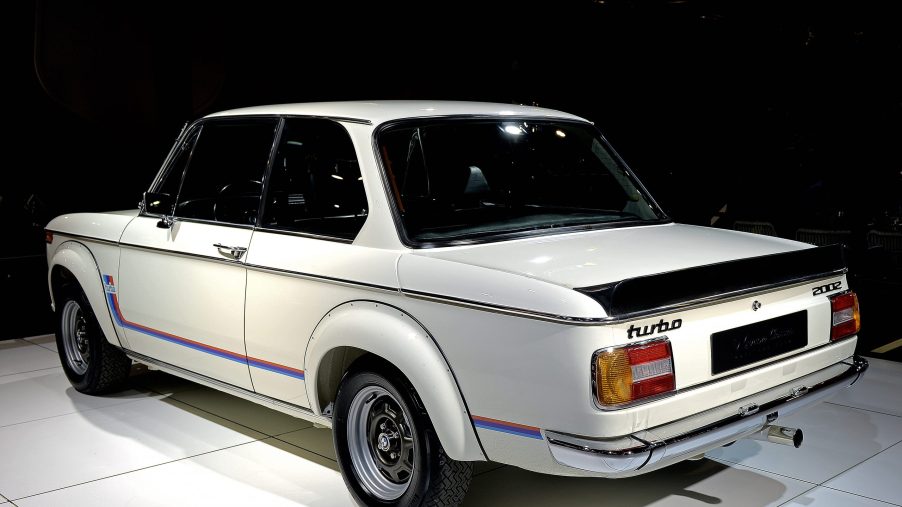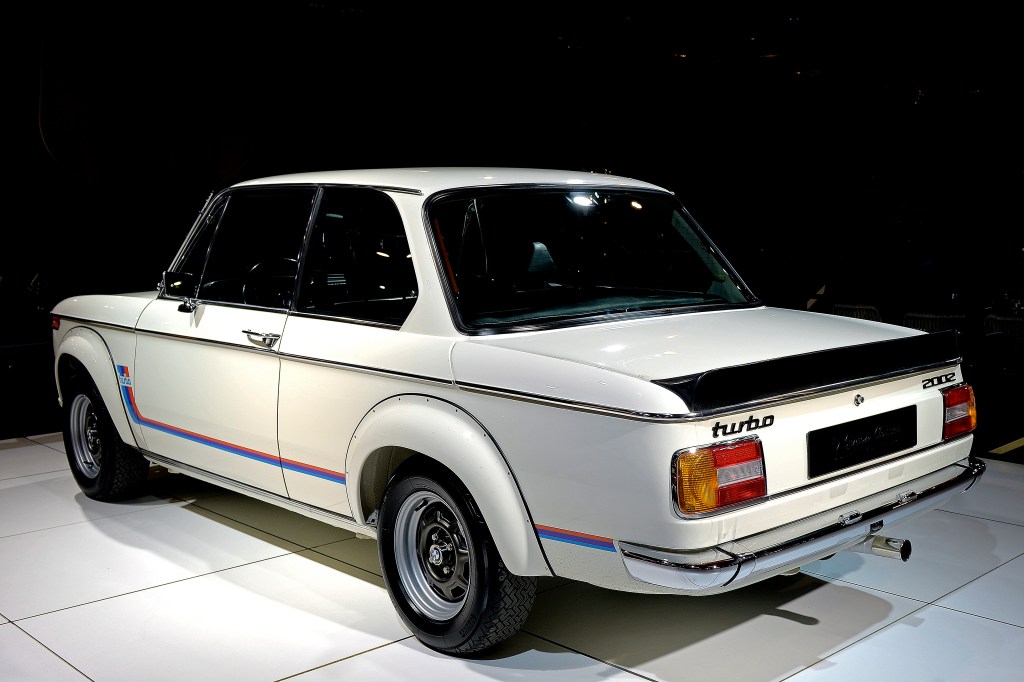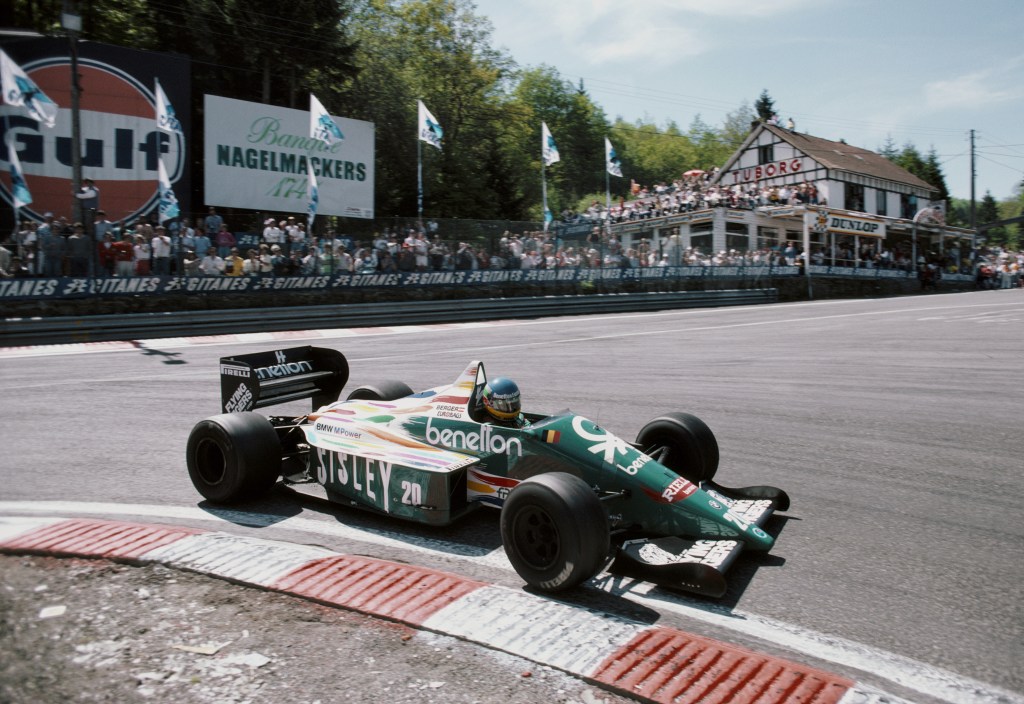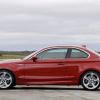
The BMW 2002 Turbo Was the Original Boosted Bavarian
You can get a turbo (or two) on nearly any BMW these days. Twenty years ago, the exact opposite was true, at least in the United States. For decades the Bavarian firm relied heavily on naturally aspirated engines for production road cars, and created some bonafide masterpieces in the process, like the E46 M3’s 333 hp S54 inline-six. Long before the M-series and its all-motor marvels, however, BMW was struggling just to survive the post-WWII era in one piece. Models like the 507 roadster, once owned by Elvis Pressley, were stunning to look at and drove well, but out of reach for normal people.
Leader of the New Class

What saved BMW during those hard times was a smaller economical car line that appealed to the masses. Enter the New Class, or Neue Klasse in German. Under the hood was the M10 four-cylinder engine, a fairly simple and very robust design. It would go on to power millions of BMWs, most of which were naturally aspirated. Standard M10 motors were competent and agreeable, like author Robert Louis Stevenson’s character, Dr. Jekyll. When engineers added a turbocharger to create the BMW 2002 Turbo, they unleashed its alter-ego, the gnarly Mr. Hyde.
Flares, stripes and some good old-fashioned turbo lag

The 1974 BMW 2002 Turbo used the same basic rotating assembly and Kugelfischer mechanical fuel injection as the 2002 tii, which produced around 130 to 140 hp, depending on who you ask. According to Road and Track reporting at the time, engineers dropped the compression ratio on the M10 motor and added an oil cooler for the new turbo application. The resulting upgrade to 170 hp and 181 lb-ft of torque was impressive on paper. But more significantly, the turbocharger transformed the seat-of-the-pants experience and power delivery.
Instead of the typical linear progression as revs increase on a naturally aspirated motor, acceleration was sluggish at low speeds until the turbo kicked in violently around 4000 rpm. From there to the rev cut of 6500 rpm, the BMW 2002 Turbo lept forward with the characteristic turbo “whoosh” and the authority of a much larger engine. After a thrilling span of only 2500 rpm, it was time to change gears and start again in the non-boosted zone. This was a new experience for most of the automotive world, and would come to be called “turbo lag.”
From family cars to Formula 1

Like its powerband, the life of the BMW 2002 Turbo was short-lived. The factory production was limited to just 1672 cars, largely due to the 1970s oil crisis. However, further development of the turbo M10 engine would eventually yield the lower displacement M12 racing version, which BMW used to compete in Formula 1 throughout the 1970s and 1980s. According to BMW Blog, output was in excess of 1,000 hp and could be as much as 1,300 horsepower in qualifying trim.
Though the BMW 2002 Turbo was made for only one year, its strong M10 engine and later M12 derivative highlighted the vast potential of a well-engineered turbo four-cylinder, setting the stage for its popularity in road cars and various forms of racing to this day.


